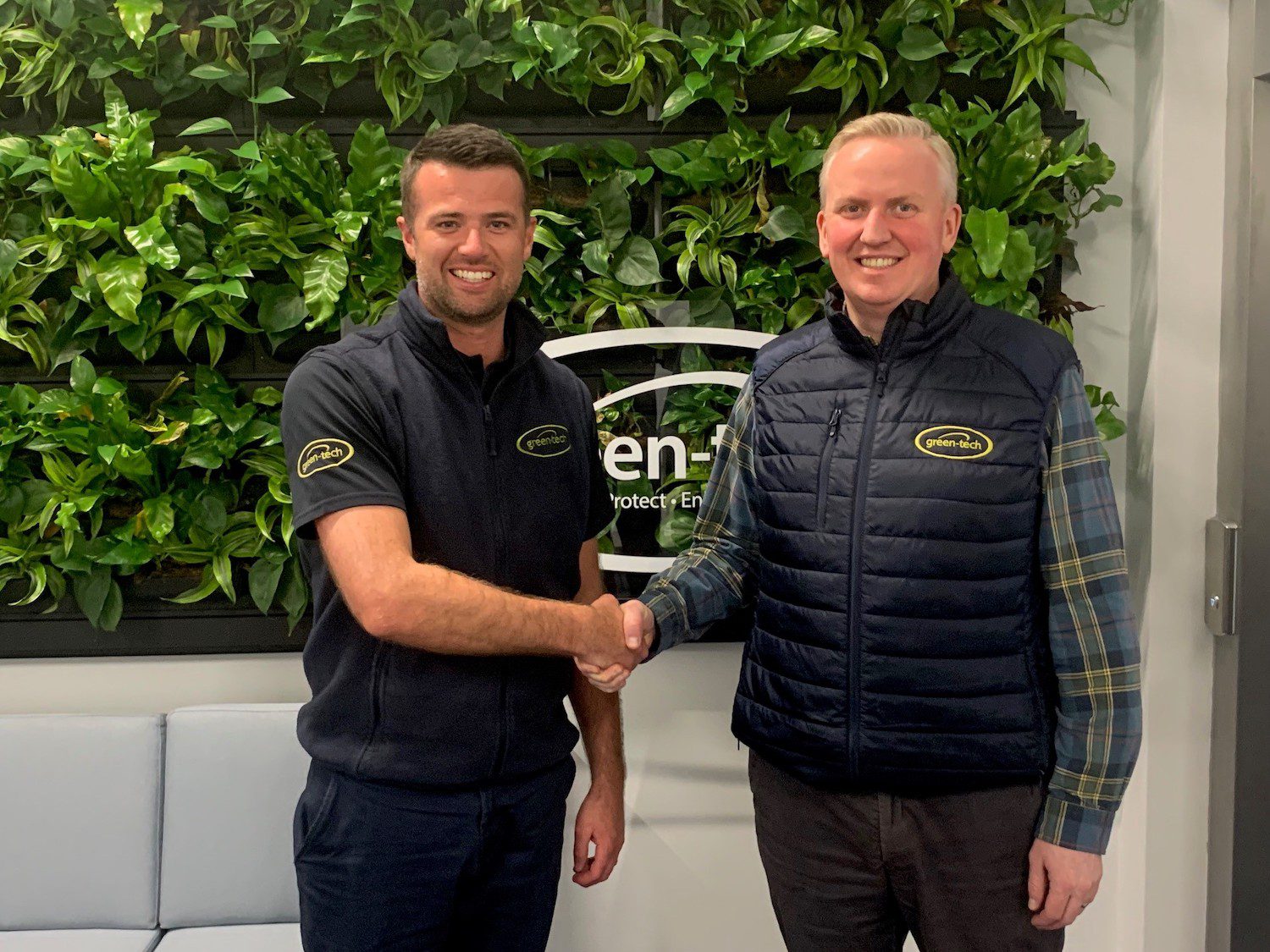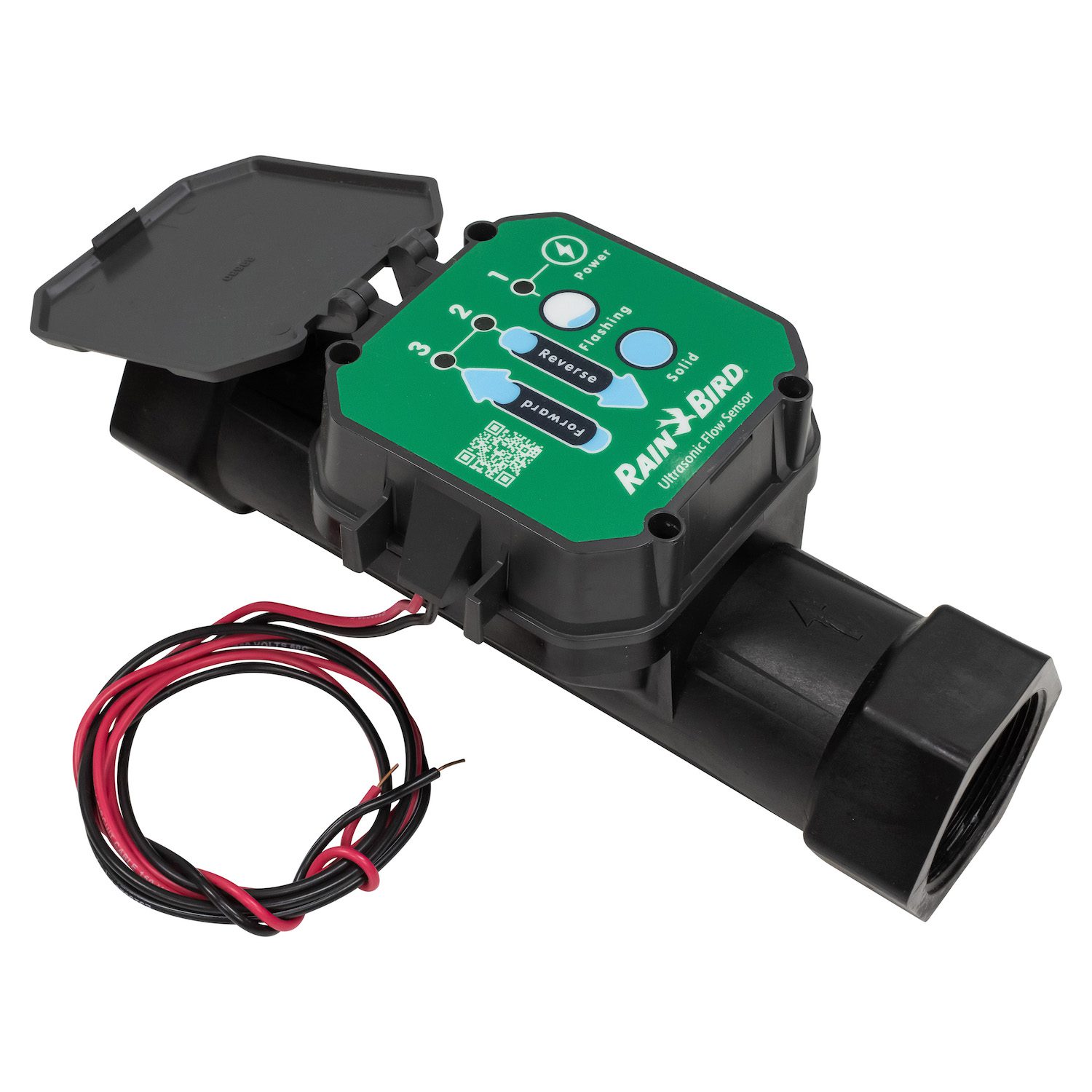Gardeners’ World Live 2024 returns to the NEC Birmingham from 13-16 June, 2024 and is bringing new highlights as follows:
Greg Rhodes talks to general manager of the APL, Phil Tremayne on how best to plan, prepare and cost landscaping
The Grounds Management Association’s (GMA) Young Board of Directors, sponsored by Reesink Turfcare, has recruited four new talented young grounds
TRADE SHOWS & EVENTS
Subscribe to our newsletter
GROUNDS CARE & TURF

High turf expectations at Northampton Saints
Northampton Saints Rugby Club is one of just three clubs in the Premiership with an

The dawn of a new era in fungicide
Agrovista Amenity has launched Maxtima®, a revolutionary turf fungicide. It heralds a new era in

GKB delivers secondary drainage solutions
GKB Machines has proven to offer the best solutions for secondary drainage for sports construction

Trilo delivers reliability for contractors
Whether it’s for the collection of grass clippings or debris following scarification, or out on
MACHINERY & TOOLS

Timberwolf Launches TW 280FTR HYBRID Tracked Wood Chipper
As an extension to its hybrid range, wood chippers manufacturer Timberwolf, has launched the TW

Makita XGT range grows
The Makita XGT range is growing as the company has unveiled two additional cordless lawn

HAMBLYS becomes Bobcat dealer for the South West
Launceston based HAMBLYS Ltd has been appointed as the new authorised Bobcat dealer for the
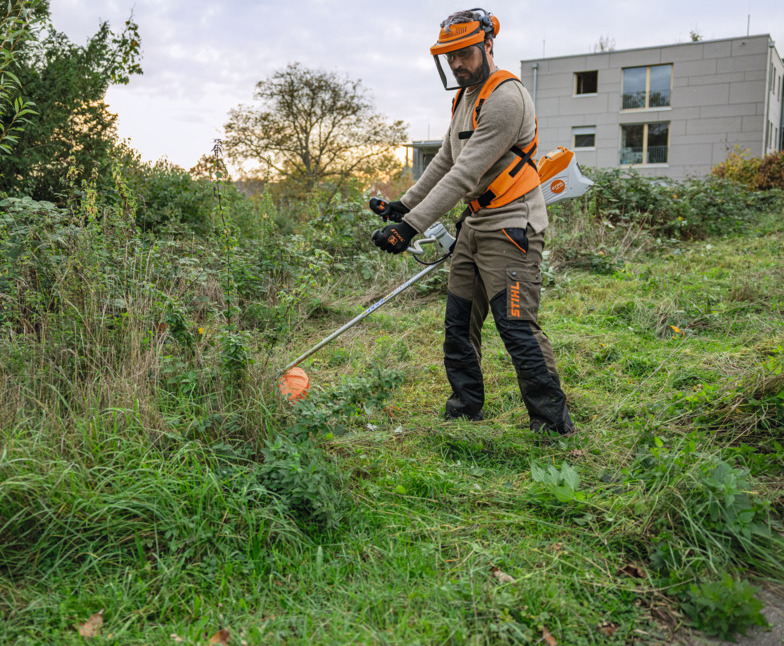
STIHL launches most powerful brushcutters yet
STIHL has launched a new range of brushcutters, the most powerful battery powered brushcutters in
ARBORICULTURE

GreenMech EVO 165P exceeds expectations for Wild Arborist
Wild Arborist Toby Lawler has been blown away by the new GreenMech EVO 165P. Growth for

UK Loggers National Championships at SAGE
An exciting two-day competition that will showcase skills and expertise from the best competitive precision
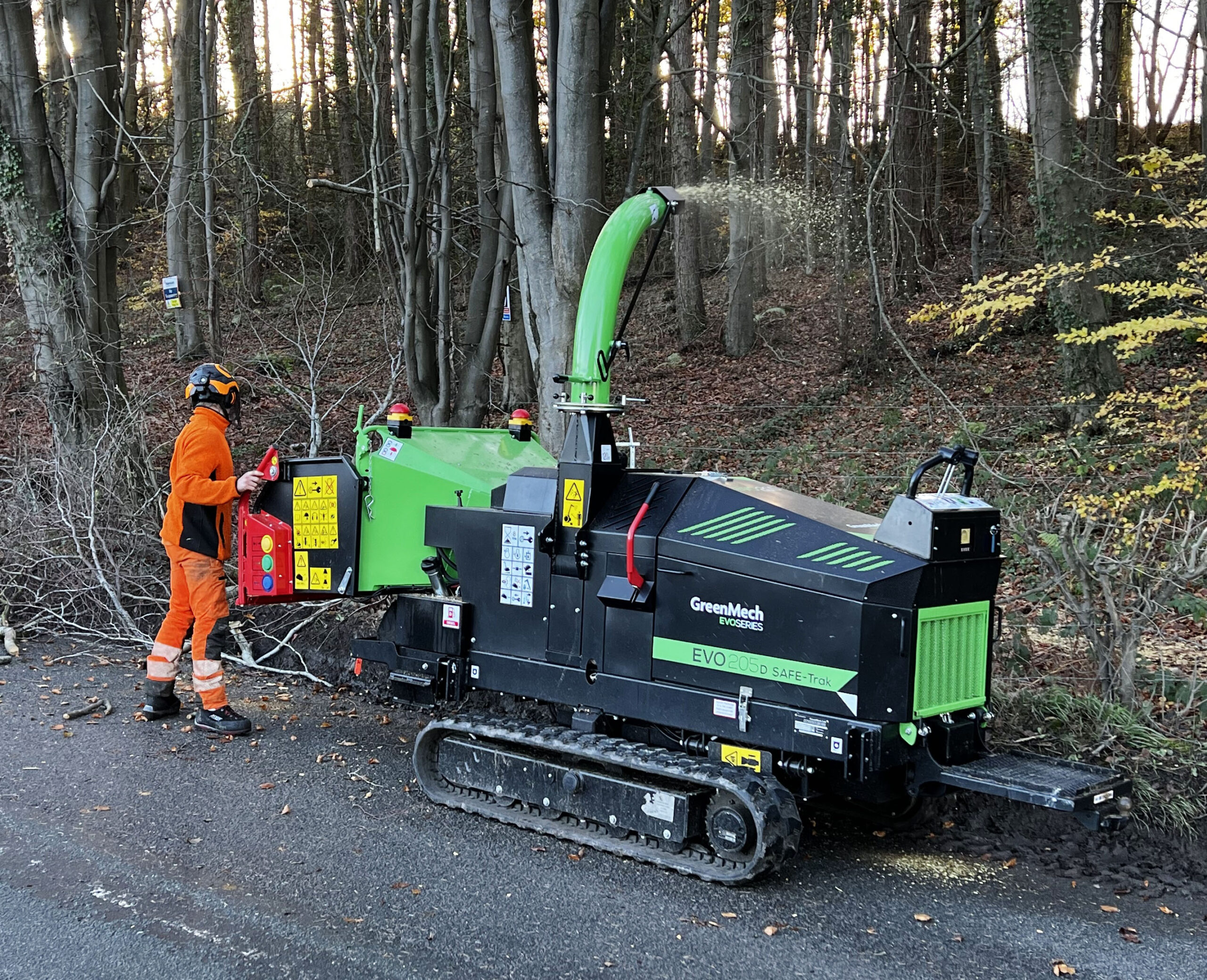
EVO 205D SAFE-Trak added Woodworks fleet
For Nick Hosking it’s Woodworks by name and woodworks by nature as he tackles all
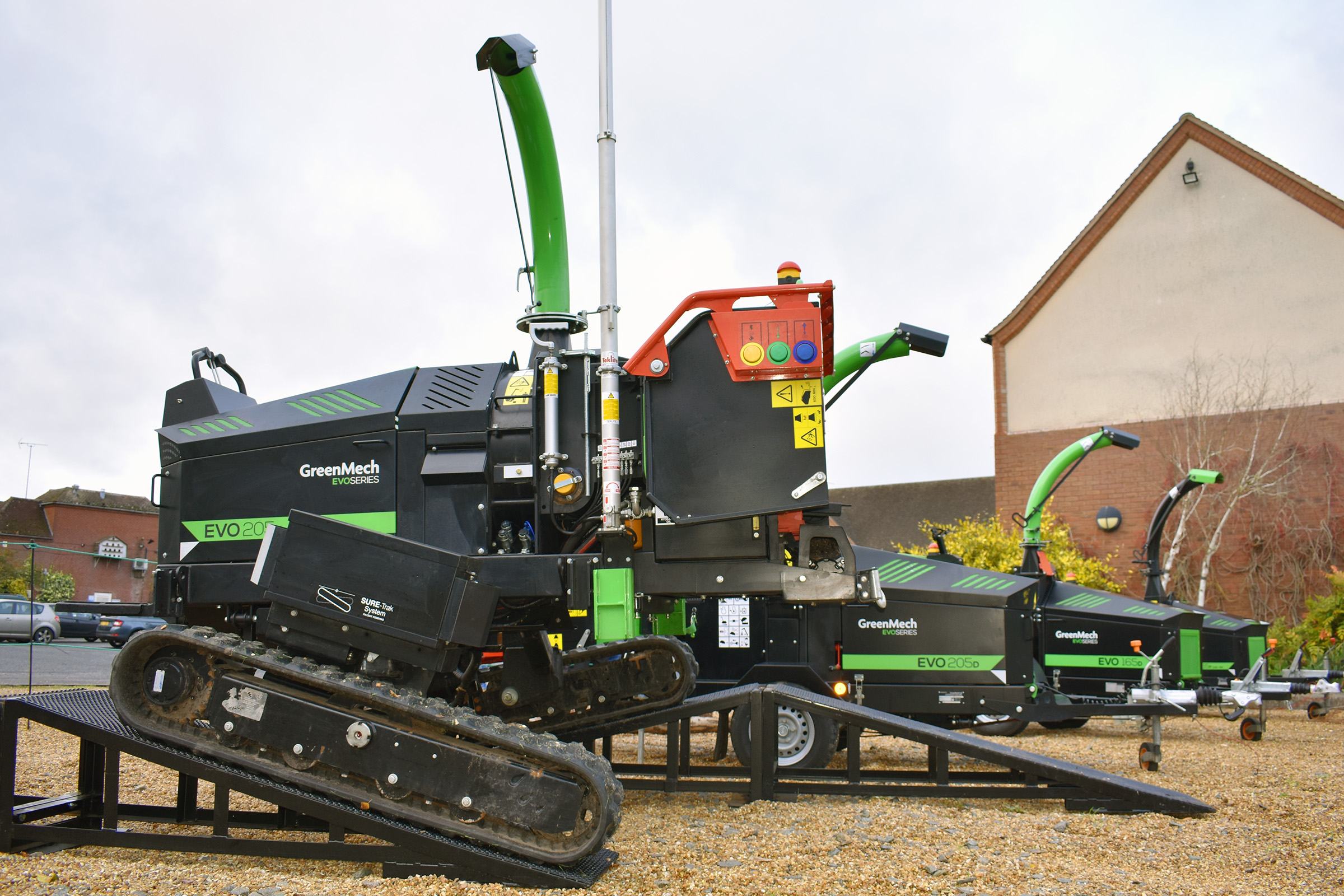
Industry press join GreenMech for update event
Europe’s leading woodchipper manufacturer GreenMech, invited industry media to a hands-on demonstration of some of
TRAINING, EDUCATION & RECRUITMENT

How to attract employees into landscaping
What will attract employees into the world of landscaping and sports turf asks Greg Rhodes

Garden design school celebrates first year
The Yorkshire School of Garden Design has celebrated its first anniversary with an exhibition showcasing

GGM launch LANTRA accredited training academy
GGM Groundscare have unveiled a new LANTRA accredited training academy as the latest offering to

Garden design sketch course
The Yorkshire School of Garden Design is launching an expertly-led aspirational course to equip budding







